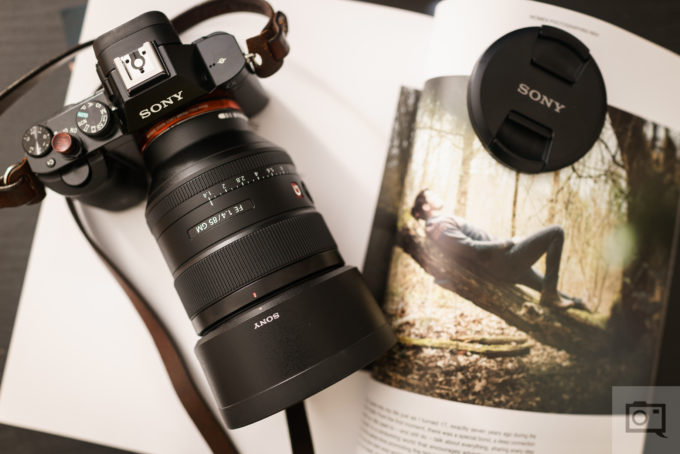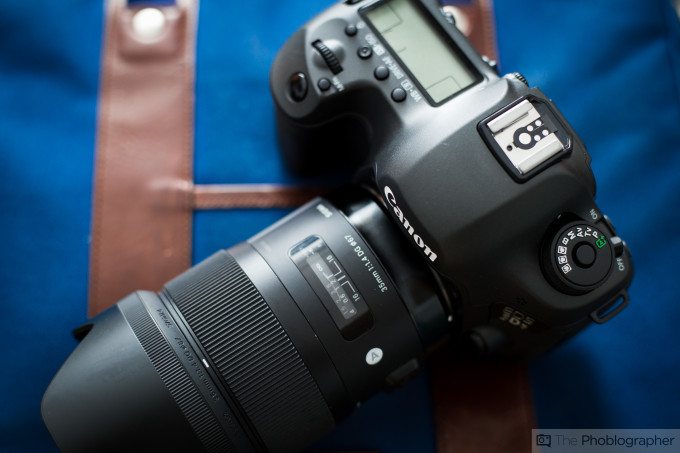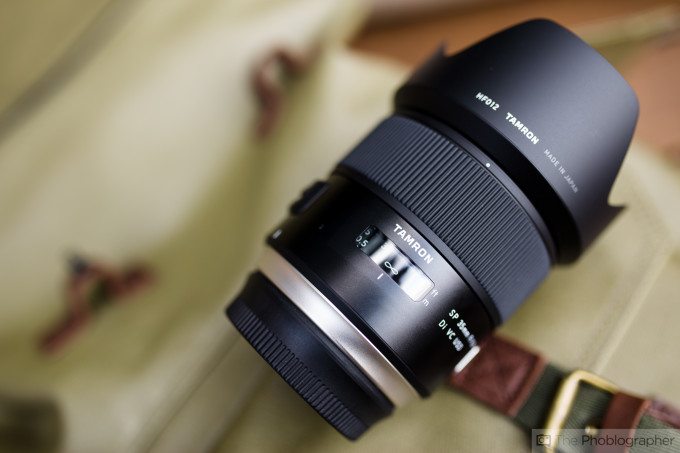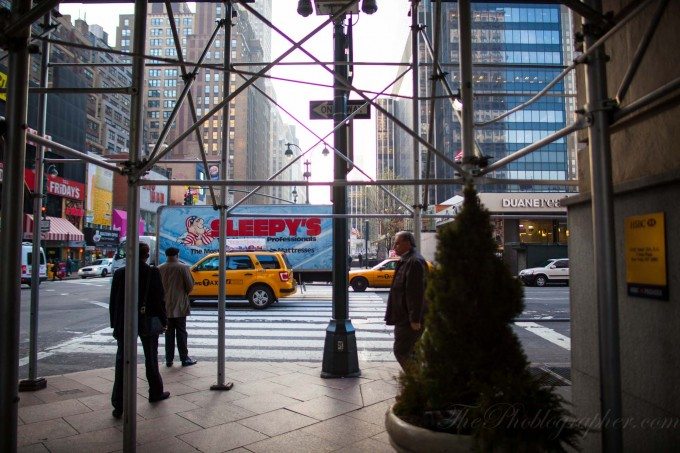Last Updated on 09/08/2016 by Chris Gampat
Letters to the Editor is a recurring series where Chris answers specific emails/letters that could benefit more than one photographer, interesting questions or questions that come in often. Have a question? Send it to chrisgampat[at]thephoblographer[dot]com with subject: Letter to the Editor: (Your name here).
Happy Friday everyone!
It’s time for another edition of Letters to the Editor. Be sure to get yours in by following the directions above. Also be sure to support our Kickstarter.
Today’s letter asks a question about flashes and lenses; you probably have the same one. So let’s get right into it!
Dear Chris,
First off, thank you for making The Phoblographer such an incredible photography blog! Over the past couple years that I have been following it I have learned so much, and though other blogs offer insightful tips, reviews and general opinion pieces, no site puts it all together like The Phoblographer does.
I recently read your article on how using flash improves the sharpness of your images. I was wondering if you could recommend a good beginner flash for me to learn to utilize flash in my photography or if I should learn using the flash I have? I have a Sony A7 and a super cheap DBK D-400 flash that only has lines for power levels, there are no exposure values.
Also, my friend has a Canon Rebel t5i and the standard kit lens. She wants to get a new, faster prime lens that is relatively affordable. She is looking to spend less than $800, she likes to shoot street photography and landscapes and she is okay with manual focus. What lens would you recommend for her?
Thank you so much for your time and help!
Sincerely,
Dan
***
Hi Dan,
Thanks for being a reader and a supporter over the years. It means a whole lot. Let me get to your question first.
So there are a couple of options you can take here. Here’s the easier one: Get the Godox TT685S TTL flash along with the transmitter together and have the ability to use TTL, manual, HSS, and more. Then with your current flash, set it to slave move and just have it as a manual fill light. You can use it as a hair light for portraits or a whole bunch of different reasons.
Then there is the more affordable solution: You can go for the Vello Freewave transmitter and receiver. You can use this with your current flash and you’ll just have to walk over to your flash to control its output manually.
The main thing here: get the flash out of the hot shoe unless you’re going to learn about how to bounce the flash output off of surfaces or use something like a FlashBender. Power values still make a lot of sense for what it’s worth. What I usually recommend is start out indoors at ISO 400, f4.5 and the flash set to its widest zoom head and 1/4 power output. When outdoors, go for ISO 100 at 1/32nd f5.6 with the widest setting. If it’s too bright then adjust the flash, ISO or aperture accordingly. It’s what I usually do.
As for your friend: there are loads and loads of options that she can go for for under $800. I’ve got lists for this here, here, here and here. But she should really spring for something that gives her a 35mm field of view.
My favorites at the price point:
- Tamron 35mm f1.8 (especially when you get a good copy)
- Canon 28mm f2.8 USM IS
- Rokinon 24mm f1.4
- Canon 24mm f2.8 IS
Because someone in the comments is bound to say this, I’m not going to recommend the Sigma 30mm f1.4 because it’s specifically for cropped sensor lenses. Even if you mount it on a full frame camera then you’ll see that the outer areas are super duper soft. Generally, if you’re spending a whole ton of money on a lens designed for APS-C sensors when a system also offers full frame lenses, you’re kind of wasting your money. But go for it if you’d like.
I hope I’ve helped you and your friend out. If I did, please use the affiliate links in the post or consider donating to the site’s Kickstarter. We really want to keep inspiring people.






